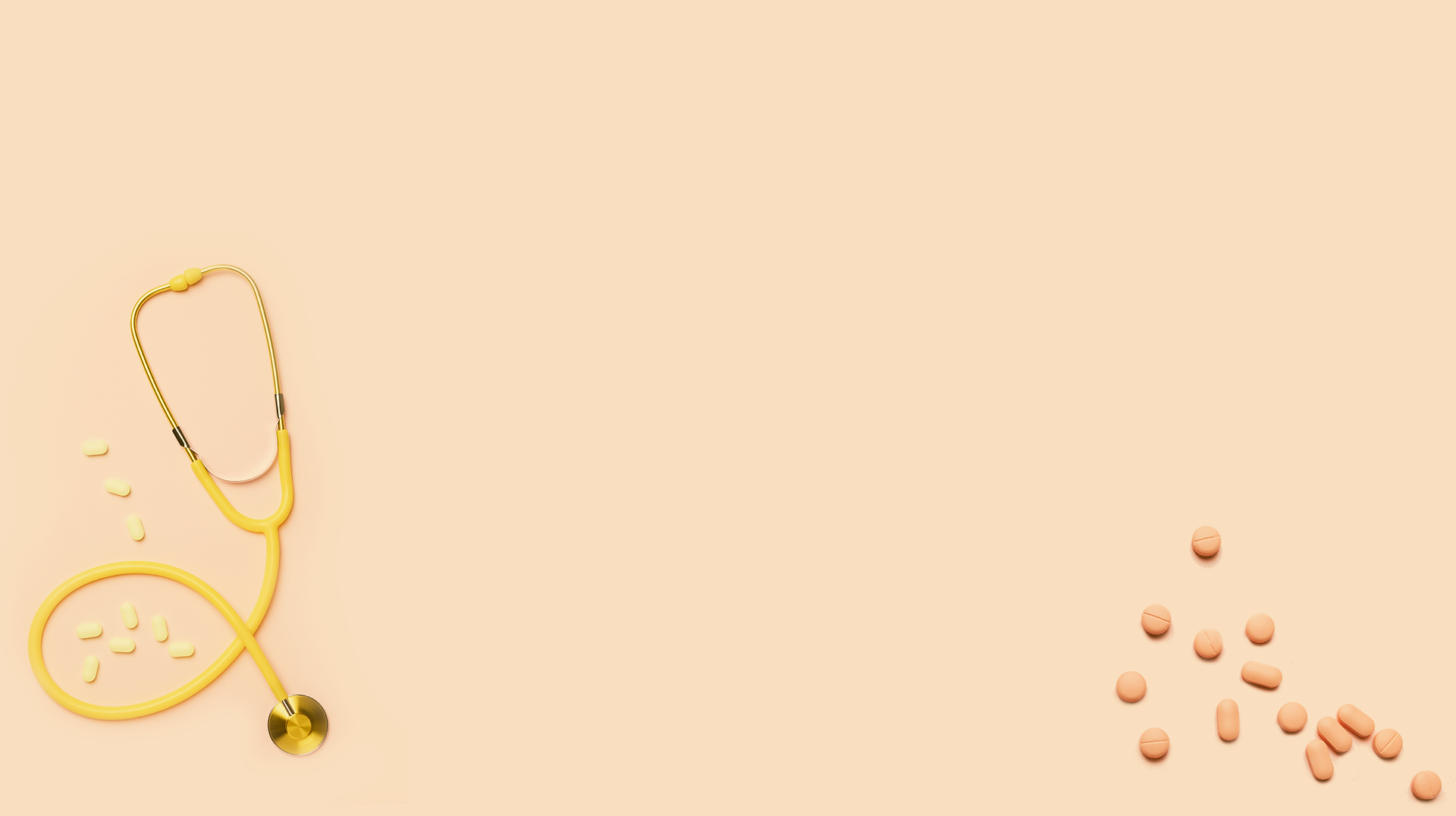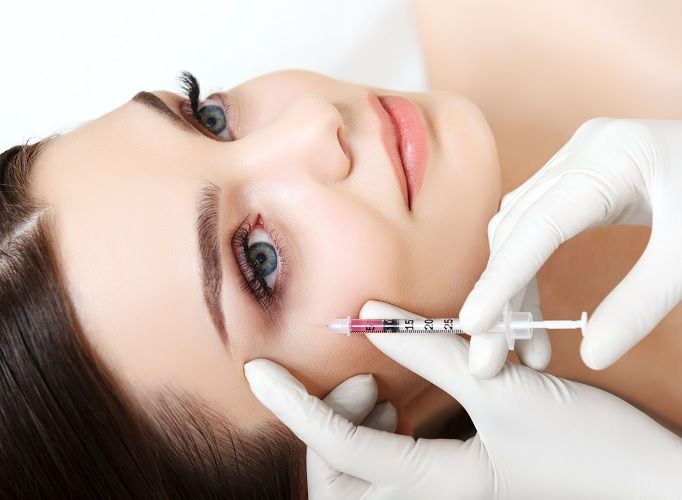Hydrafacial vs. Chemical Peels: Which One’s Better?
- Binish Khan
- Jun 21
- 5 min read
Choosing the right facial treatment can be overwhelming, especially when you’re deciding between two highly effective skin-rejuvenating procedures like Hydrafacial and chemical peels. Both aim to exfoliate the skin, improve texture, and restore a radiant complexion—but they work differently, offer unique benefits, and are better suited for certain skin types and concerns. With so many factors to consider, it's crucial to understand what sets these treatments apart before making a decision. Many individuals today are opting for non-invasive yet result-oriented options like Hydrafacial in Islamabad to achieve smoother, clearer, and more hydrated skin without downtime.
Whether you're targeting acne, fine lines, pigmentation, or dullness, both treatments have their place in skincare. But the choice depends heavily on your skin type, sensitivity, and personal goals.

What is a Hydrafacial?
Hydrafacial is a non-invasive, multi-step skin treatment that combines cleansing, exfoliation, extraction, hydration, and antioxidant protection all in one session. It uses patented vortex technology to remove dead skin cells and impurities while simultaneously delivering nourishing serums to the skin. The process is completely customizable, allowing your skincare provider to adjust the intensity and focus based on your specific skin needs.
The three key steps in a Hydrafacial include:
Cleanse + Peel – Gentle exfoliation and resurfacing
Extract + Hydrate – Suction-based removal of debris from pores with intense moisturizers
Fuse + Protect – Saturation of the skin with antioxidants and peptides for maximum glow
Hydrafacial is suitable for all skin types, including sensitive, and requires no recovery time.
What is a Chemical Peel?
A chemical peel is a skincare treatment that involves applying a chemical solution to the skin to remove the top layers. This process triggers controlled exfoliation and promotes the growth of new, smoother skin. Chemical peels vary in strength, from superficial peels that target surface imperfections to medium and deep peels that address deeper concerns like wrinkles and scarring.
There are three common types of peels:
Light Peels (e.g., glycolic acid, lactic acid): Target mild skin imperfections
Medium Peels (e.g., trichloroacetic acid): Address fine lines, sun damage, and uneven tone
Deep Peels (e.g., phenol): Used for severe wrinkles or deep pigmentation, usually with longer recovery
Peels typically cause some redness and peeling post-treatment, depending on the strength.
Key Differences Between Hydrafacial and Chemical Peels
1. Exfoliation Method
Hydrafacial exfoliates the skin using a physical and chemical blend, while simultaneously hydrating it. Chemical peels, on the other hand, use acid-based solutions to chemically exfoliate the top layer of the skin.
Hydrafacial is much gentler and more suitable for regular use, while peels offer more intensive exfoliation with greater downtime.
2. Treatment Experience
Hydrafacial is relaxing, pain-free, and often described as a “wet microdermabrasion.” There is no burning, stinging, or flaking involved. Chemical peels can cause a tingling or burning sensation during application and usually result in visible peeling over several days.
If you prefer zero downtime and a comfortable session, Hydrafacial is typically the better choice.
3. Results Timeline
With Hydrafacial, results are immediate—you’ll walk out of the clinic with smoother, glowing skin. It’s ideal before special occasions. Chemical peels may take a few days to reveal final results, especially if peeling or redness occurs.
However, deeper peels often produce more dramatic improvements in concerns like pigmentation and texture after healing.
4. Customizability
Hydrafacial can be customized with boosters to target fine lines, pigmentation, acne, and dryness all in one session. Chemical peels are less flexible—each type addresses specific concerns and may not be suitable for layering.
If your skin has multiple issues that need addressing at once, Hydrafacial may provide more versatility.
5. Side Effects and Downtime
Hydrafacial has minimal side effects—some may experience slight redness for a few hours, but there is no peeling or discomfort. Chemical peels often result in visible peeling, flaking, redness, and sometimes irritation, especially in stronger formulations.
For clients with sensitive or reactive skin, Hydrafacial is considered a safer option.
Which One is Better for Acne?
Hydrafacial is highly effective in managing mild to moderate acne, especially blackheads and congested pores. The painless extraction feature clears out excess oil and bacteria, while anti-inflammatory serums calm active breakouts.
Chemical peels, especially those with salicylic acid, are effective in treating acne and post-acne marks. However, they can irritate already inflamed skin and should be used cautiously.
For acne-prone skin that needs regular management, Hydrafacial is often preferred due to its gentler nature.
Which One is Better for Anti-Aging?
Both treatments offer anti-aging benefits, but the approach differs. Hydrafacial improves hydration, promotes collagen, and delivers peptides and antioxidants that reduce the appearance of fine lines over time. It’s more suitable for early signs of aging or for clients who want consistent maintenance.
Medium and deep chemical peels can dramatically reduce the appearance of deeper wrinkles and sun damage, but come with a longer recovery period and are best done less frequently.
If you’re looking for regular upkeep and hydration-focused anti-aging, Hydrafacial is the better option. For deeper correction, chemical peels might be necessary occasionally under professional guidance.
Which One is More Suitable for Sensitive Skin?
Hydrafacial is considered one of the best treatments for sensitive skin. It’s gentle, soothing, and can be tailored with calming serums that reduce redness and inflammation.
Chemical peels can be harsh on sensitive or rosacea-prone skin, especially medium or deep peels. Even light peels can cause dryness or discomfort if not chosen carefully.
If sensitivity is your main concern, Hydrafacial is hands-down the safer and more comfortable choice.
Cost Considerations
Hydrafacial sessions are slightly more expensive than light chemical peels but offer a more luxurious, comfortable, and instant-glow experience. Chemical peels vary greatly in price depending on depth and ingredients—deeper peels cost significantly more and require longer follow-up care.
When considering value, Hydrafacial often delivers multiple benefits in a single session, making it a worthwhile investment.
So, Which One Should You Choose?
Your choice between Hydrafacial and chemical peels should be guided by your skin type, goals, tolerance for downtime, and personal comfort. If you're looking for a gentle, hydrating treatment with instant results and zero recovery, Hydrafacial is likely the better choice. It’s also safer for regular use and more adaptable to different skin needs.
Chemical peels are better suited for clients with more aggressive goals, such as treating deeper pigmentation, scars, or wrinkles, and are willing to undergo some downtime in return.
To determine what’s best for your unique skin, it’s always advisable to consult with a qualified dermatologist who can assess your condition and recommend a treatment plan that aligns with your needs and lifestyle.
For expert guidance and personalized treatments, the professionals at the SKN Cosmetics clinic provide both Hydrafacial and advanced chemical peel options using cutting-edge techniques in a safe and professional environment.




Comments